US core CPI rises less than expected again despite tariff impact
Published in Business News
Underlying U.S. inflation rose by less than expected for a fifth month in June even as the details signaled companies are beginning to more meaningfully pass some tariff-related costs to consumers.
The consumer price index, excluding the often volatile food and energy categories, increased 0.2% from May, according to Bureau of Labor Statistics data out Tuesday. While a decline in car prices helped keep a lid on the figure, goods categories exposed to President Donald Trump’s levies including toys and appliances rose at the fastest paces in years.
The report gives a little bit of everything to Federal Reserve policymakers who are divided as to whether tariffs will cause a one-time price shock or something more persistent: there’s evidence of tariff pass-through for officials inclined to keep interest rates elevated, and yet few signs of a broader reverberation for those who are ready to lower them. Investors still expect the central bank to leave rates unchanged once again at its meeting in two weeks.
“June marks a fifth month since tariffs were imposed on our three biggest trade partners without tariff-related inflation fireworks,” said Chris Low, chief economist at FHN Financial. “The we-need-more-evidence crowd at the Fed is likely to dig in and carry the day again at the meeting at the end of this month, but at this rate, the result could be pressure for a bigger cut in September, just like last year.”
Goods prices, excluding food and energy commodities, rose 0.2% after stalling in the prior month. Toy prices increased at the fastest pace since early 2021, while the costs of household furnishings and sports equipment climbed by the most since 2022. Appliances prices jumped the most in nearly five years.
Meantime, prices of new and used cars both declined. Inflation Insights LLC President Omair Sharif pointed out that excluding cars, core goods prices climbed 0.55% in June — the biggest monthly advance since November 2021. “Today’s report showed that tariffs are beginning to bite,” he said in a note.
That said, the slew of below-forecast inflation readings raises questions as to how broadly Trump’s tariffs will impact consumer prices. Some companies have been able to shield customers by stocking up on inventories ahead of the levies or absorbing part of the higher costs at the expense of lower margins.
Trump capitalized on the tame number to step up calls on the Fed to cut rates. “Consumer Prices LOW. Bring down the Fed Rate, NOW!!!” he said in a post on social media.
The S&P 500 briefly climbed to a fresh record after the report, while the dollar and Treasury yields also rose.
Services prices excluding energy climbed 0.3%. Within services, one of the key drivers of inflation in recent years has been its largest category: housing. Shelter prices decelerated, dragged down by lower hotel prices.
Another services gauge closely tracked by the Fed, which strips out housing and energy costs, picked up to 0.2%, including a big gain in hospital services prices. While central bankers have stressed the importance of looking at such a metric when assessing the overall inflation trajectory, they compute it based on a separate index.
That measure — known as the personal consumption expenditures price index — doesn’t put as much weight on shelter as the CPI, which helps explain why it’s trending closer to the Fed’s 2% target. A government report on producer prices due Wednesday will offer insights on additional categories that feed directly into the PCE, which is scheduled for later this month.
Part of the reason why some companies see price hikes as a last resort is that they fear consumers, who have grown more pessimistic on the economy this year, will only tolerate so much and eventually spend less — which economists will be looking for in a report Thursday on retail sales. Still, firms like Nike Inc. and Dollar General Corp. have recently said they’re planning to raise prices.
A lot of companies have been able to hold out for now since the deadline on Trump’s most punitive levies keeps getting pushed back — with early August now the target, nearly a month later than expected. But in the past week, Trump has ramped up his tariff threats on copper as well as those on Canada, Mexico and other countries, and said he wouldn’t extend the timeline again. Some discussions are underway to strike deals before then.
Central bankers also pay close attention to wage growth, as it can help inform expectations for consumer spending — the main engine of the economy. A separate report Tuesday that combines the inflation figures with recent wage data showed that real average hourly earnings decelerated to a 1% pace from the year before, the weakest since the start of 2025.
What Bloomberg Economics says
“While the soft CPI might appear to boost the odds of a September rate cut, we expect a hot June print for the Fed’s preferred inflation gauge — the core PCE deflator, due out July 31. PCE prints may stay elevated all summer, reflecting lagged effects of the equity-market rally since mid-April.” (Anna Wong and Chris G. Collins.)
(With assistance from Jonnelle Marte, Chris Middleton, Reade Pickert, Catarina Saraiva, Jarrell Dillard and Georgina Boos.)
©2025 Bloomberg L.P. Visit bloomberg.com. Distributed by Tribune Content Agency, LLC.



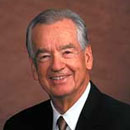

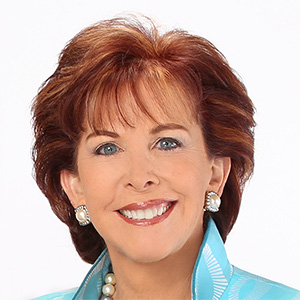

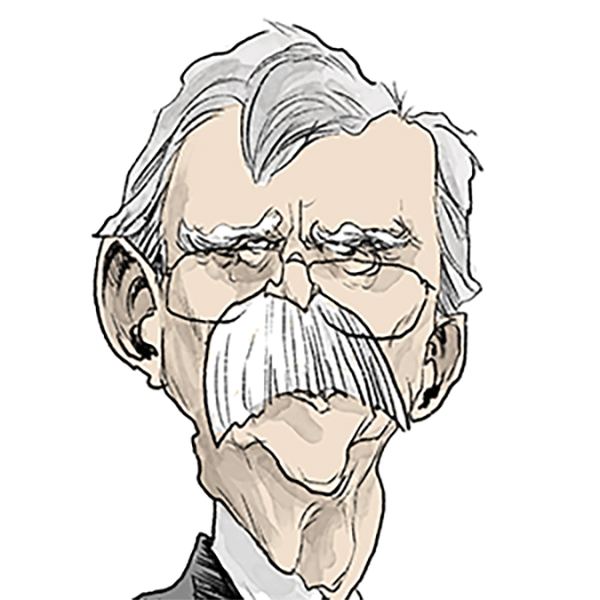


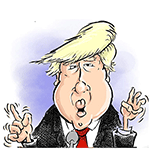
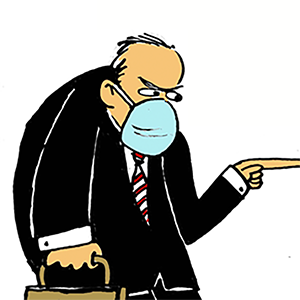
Comments